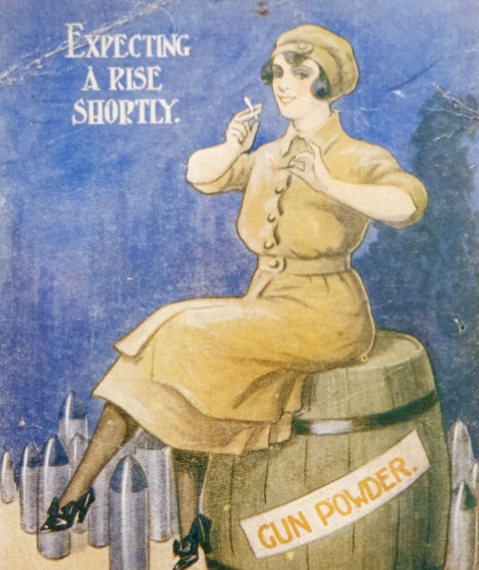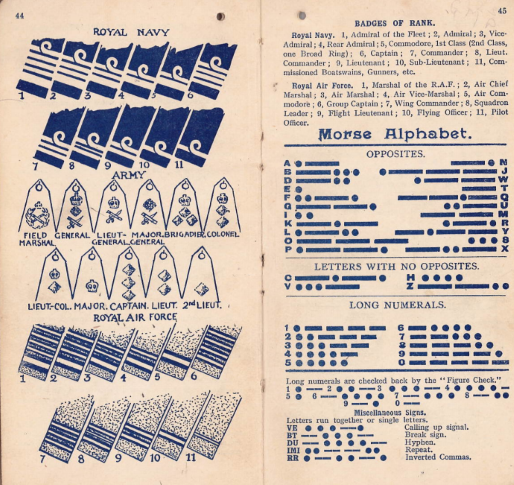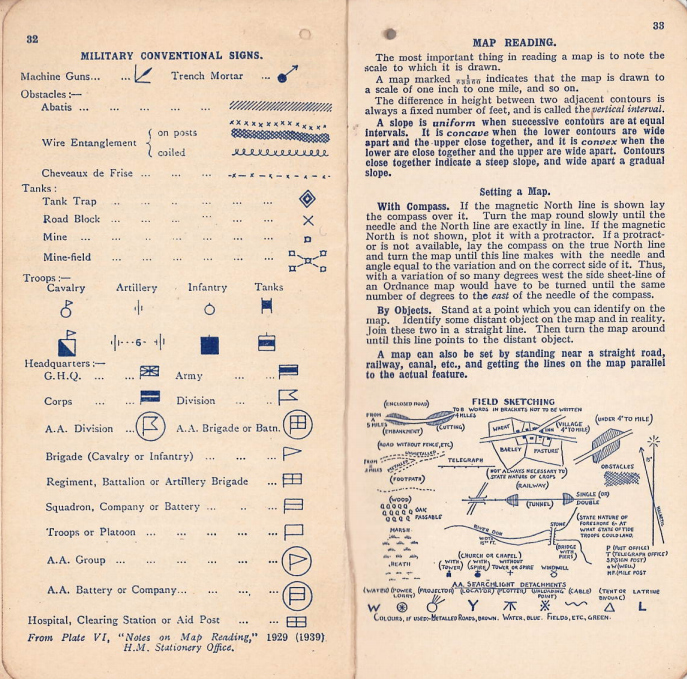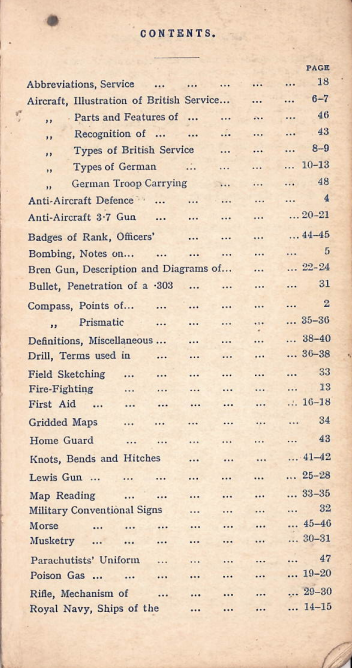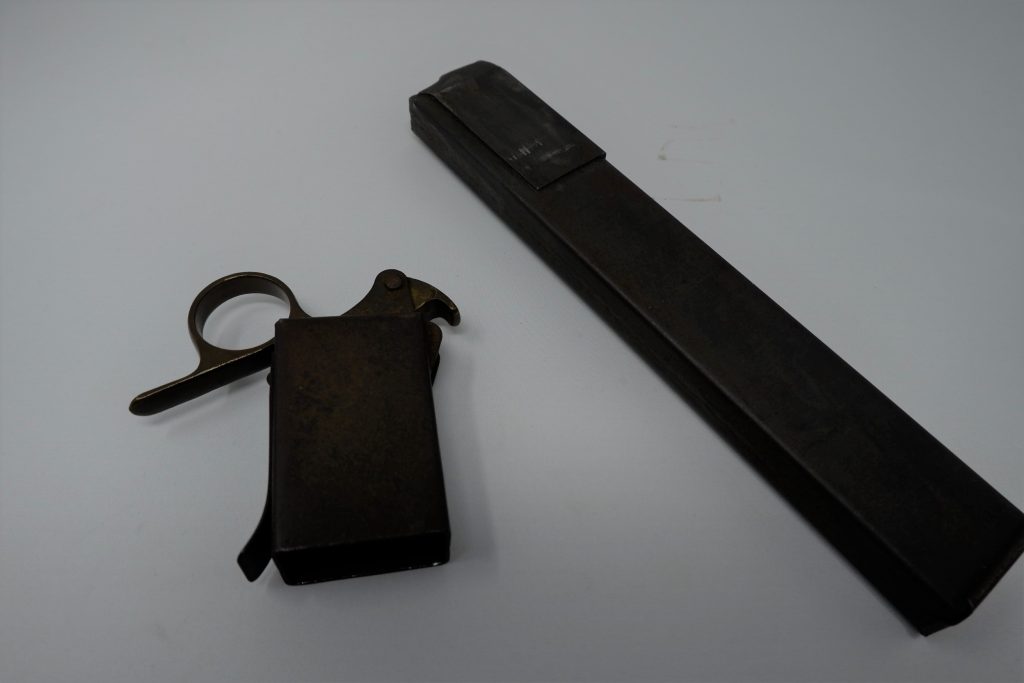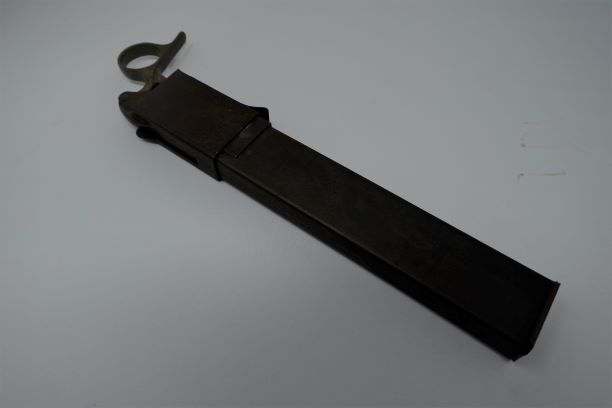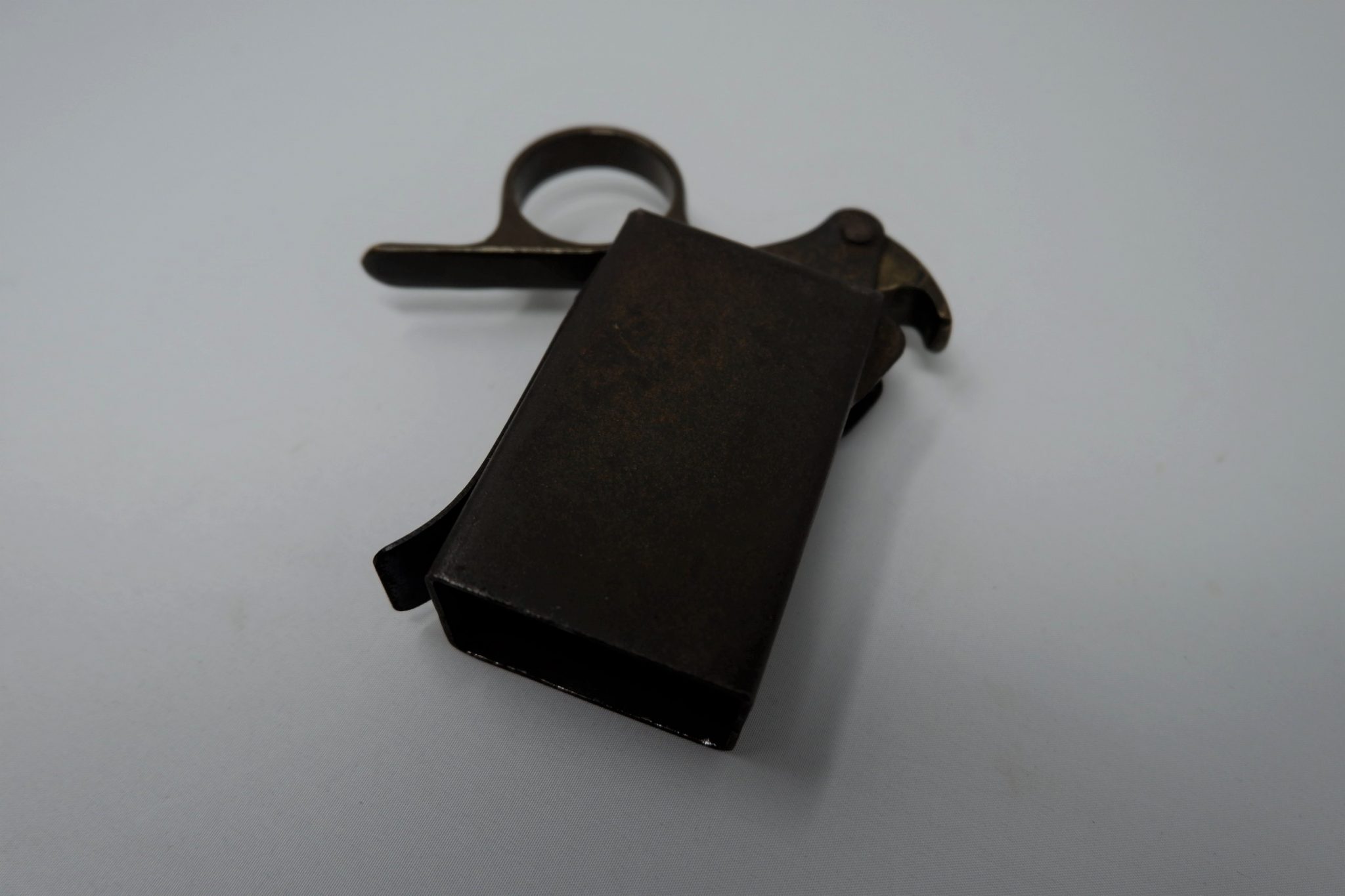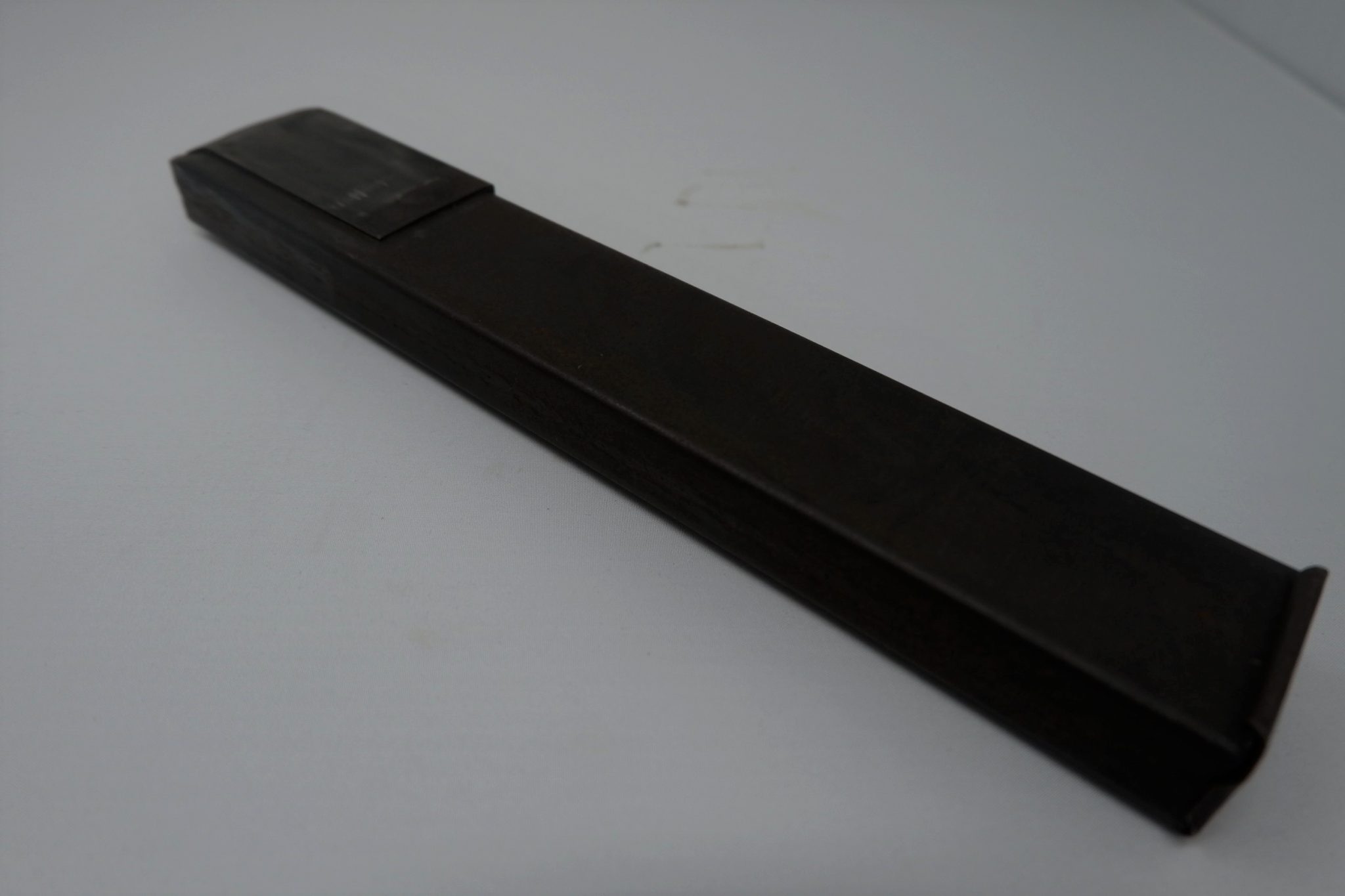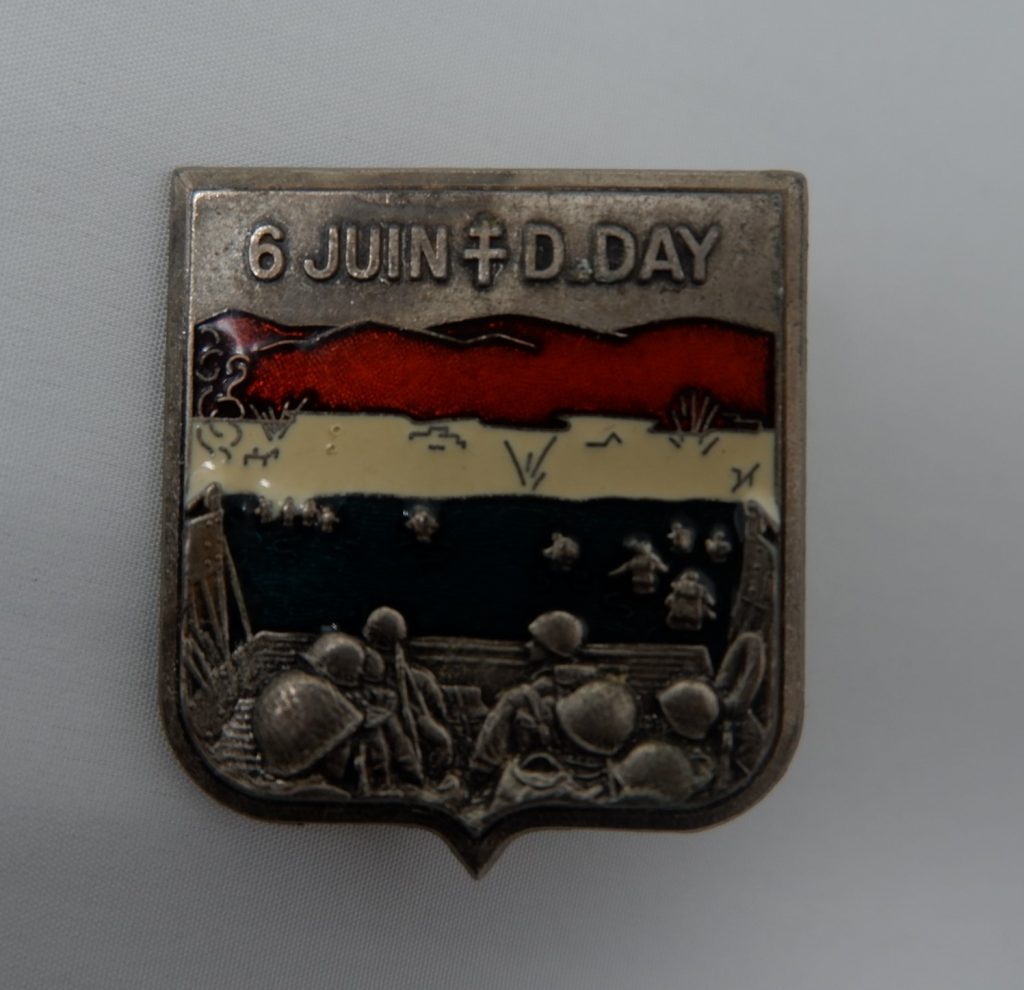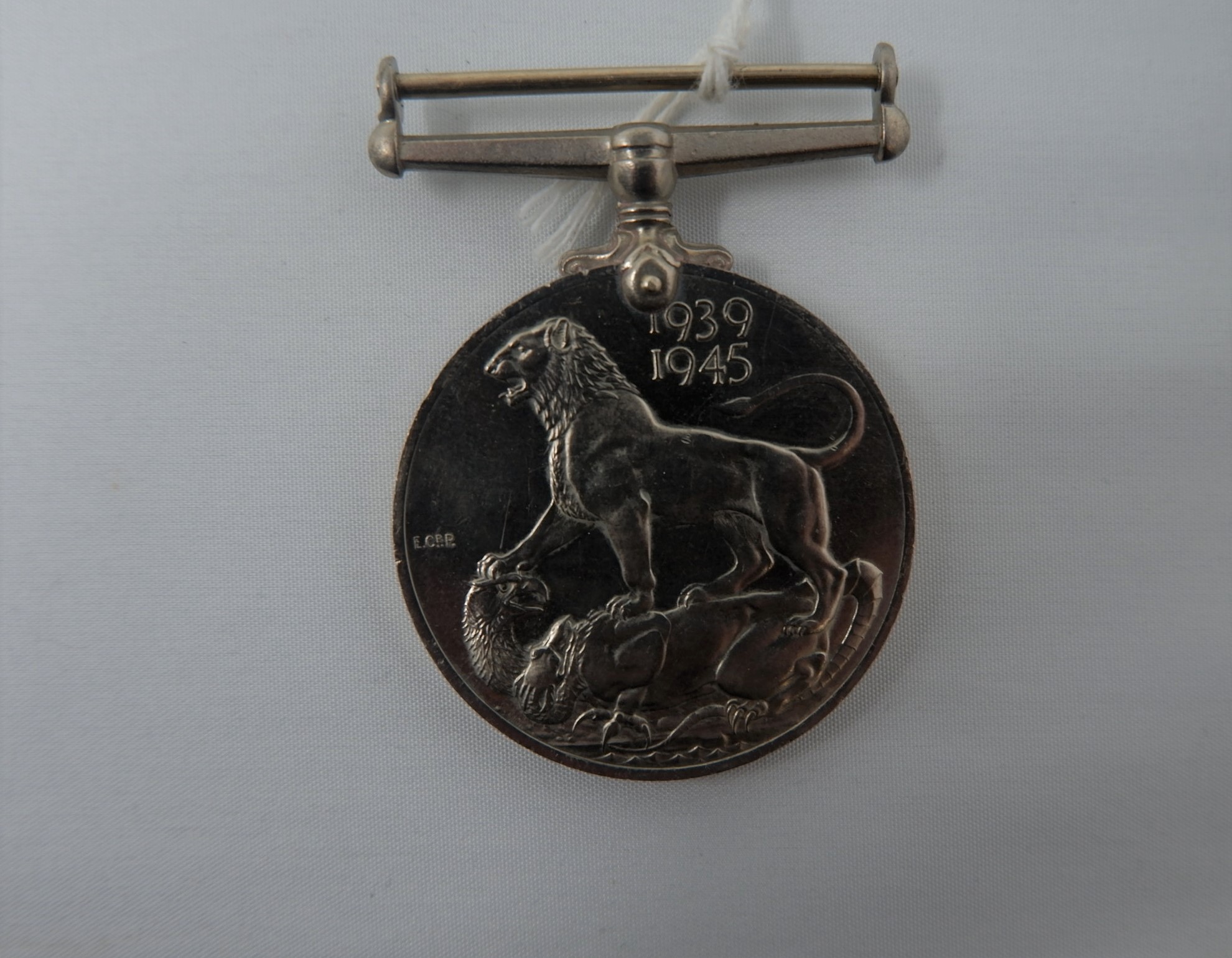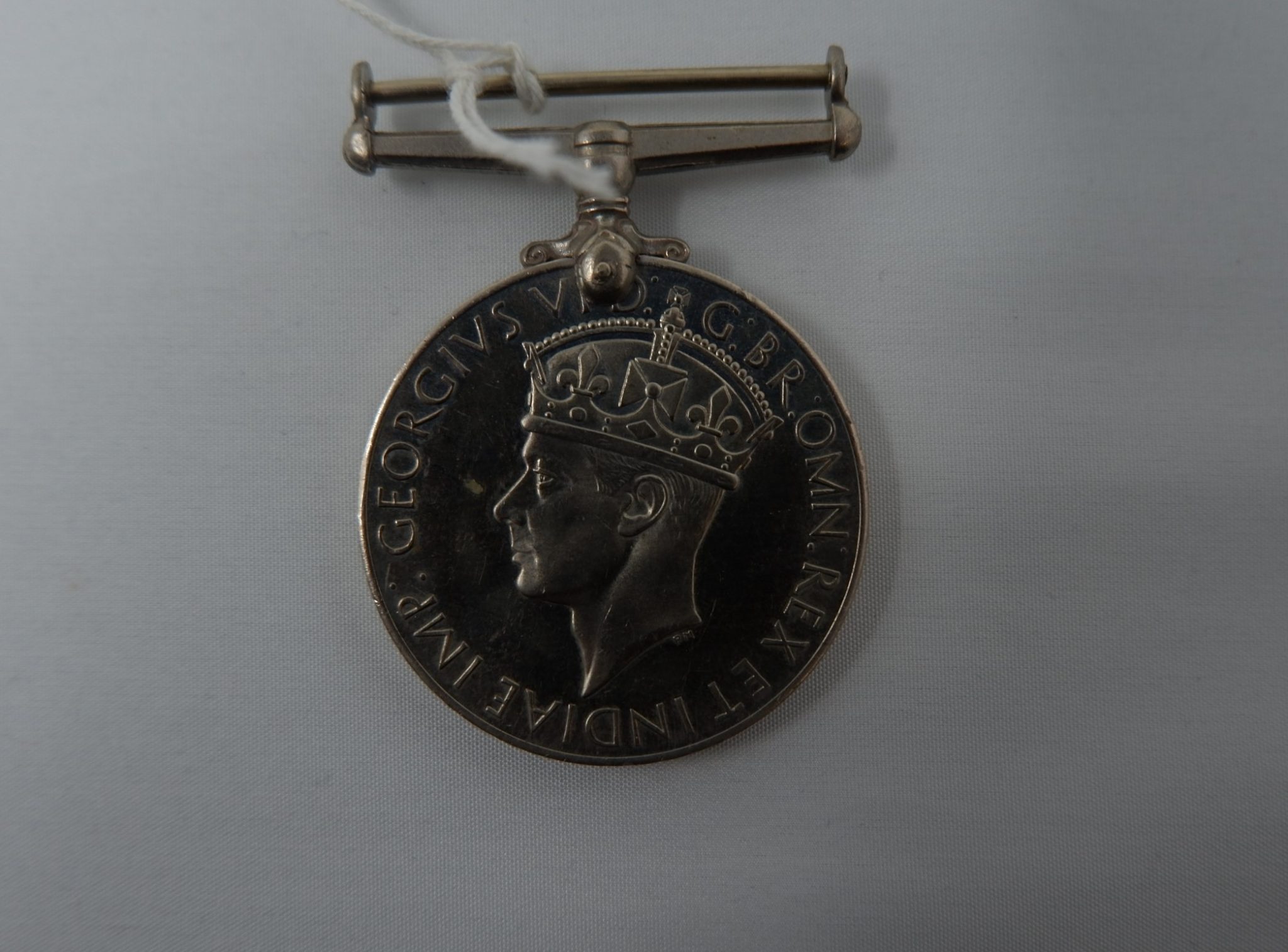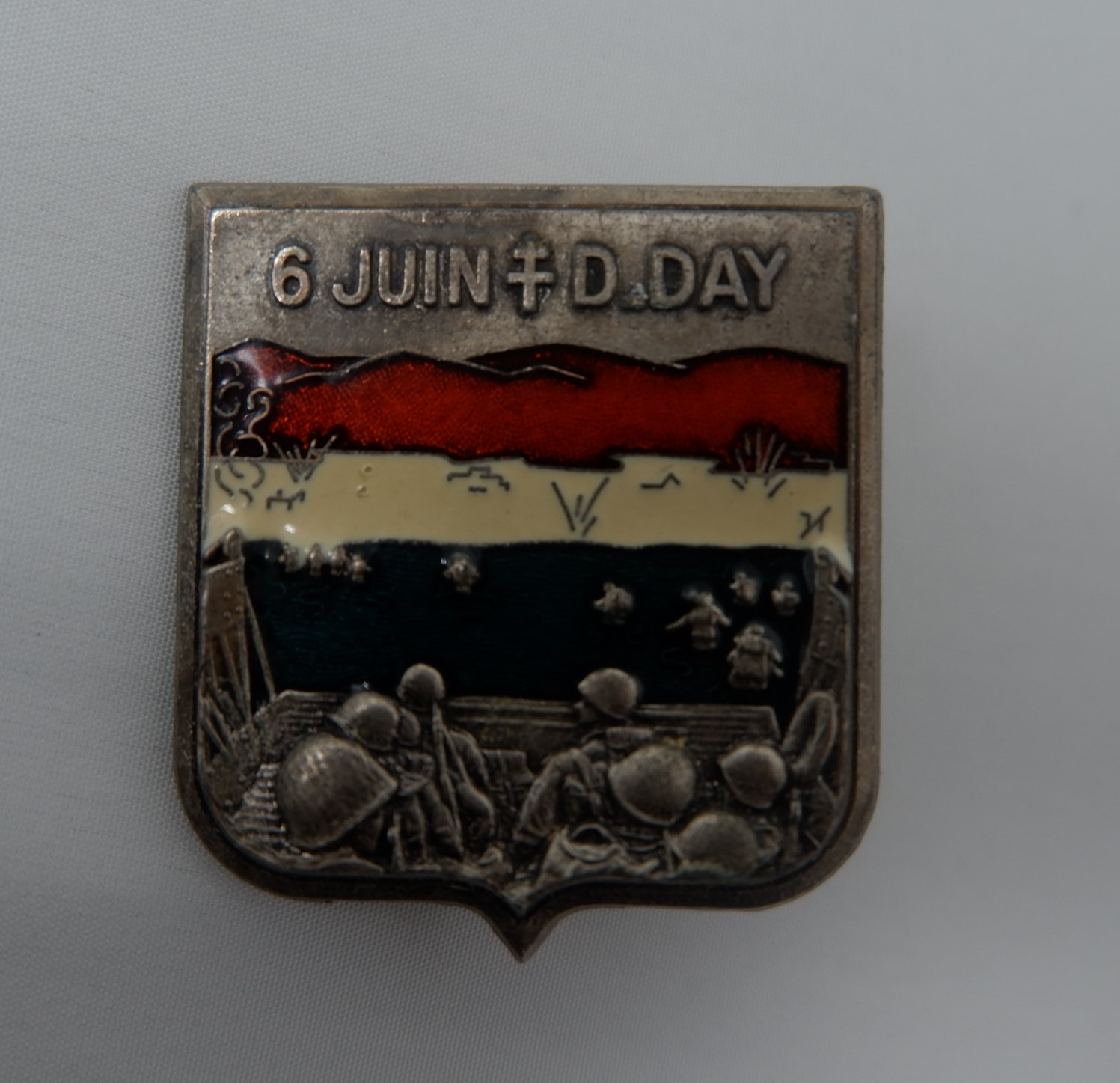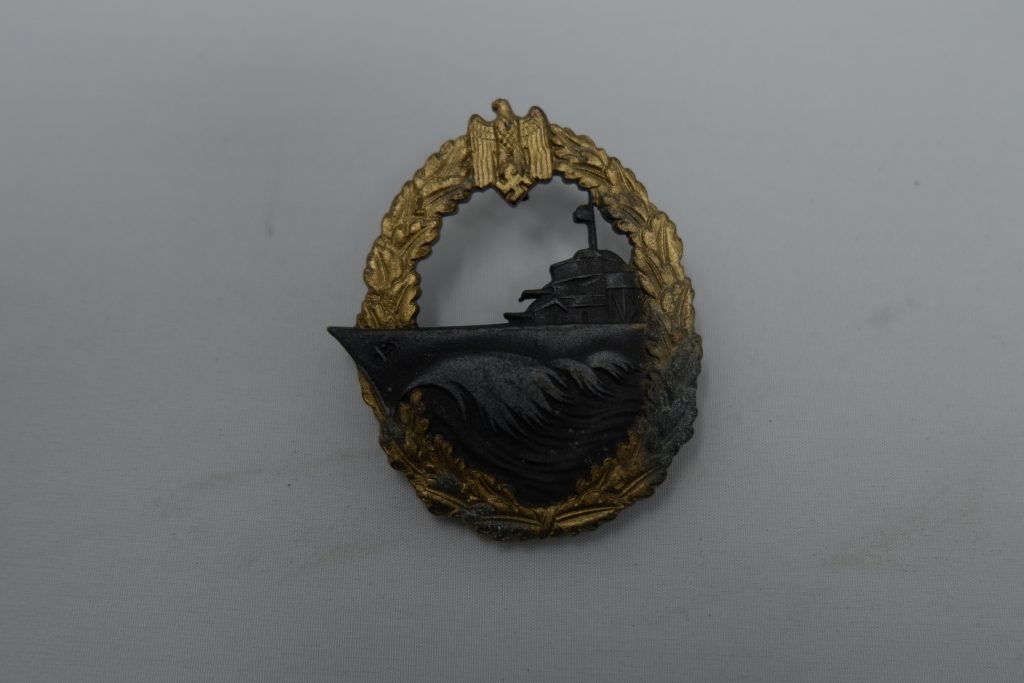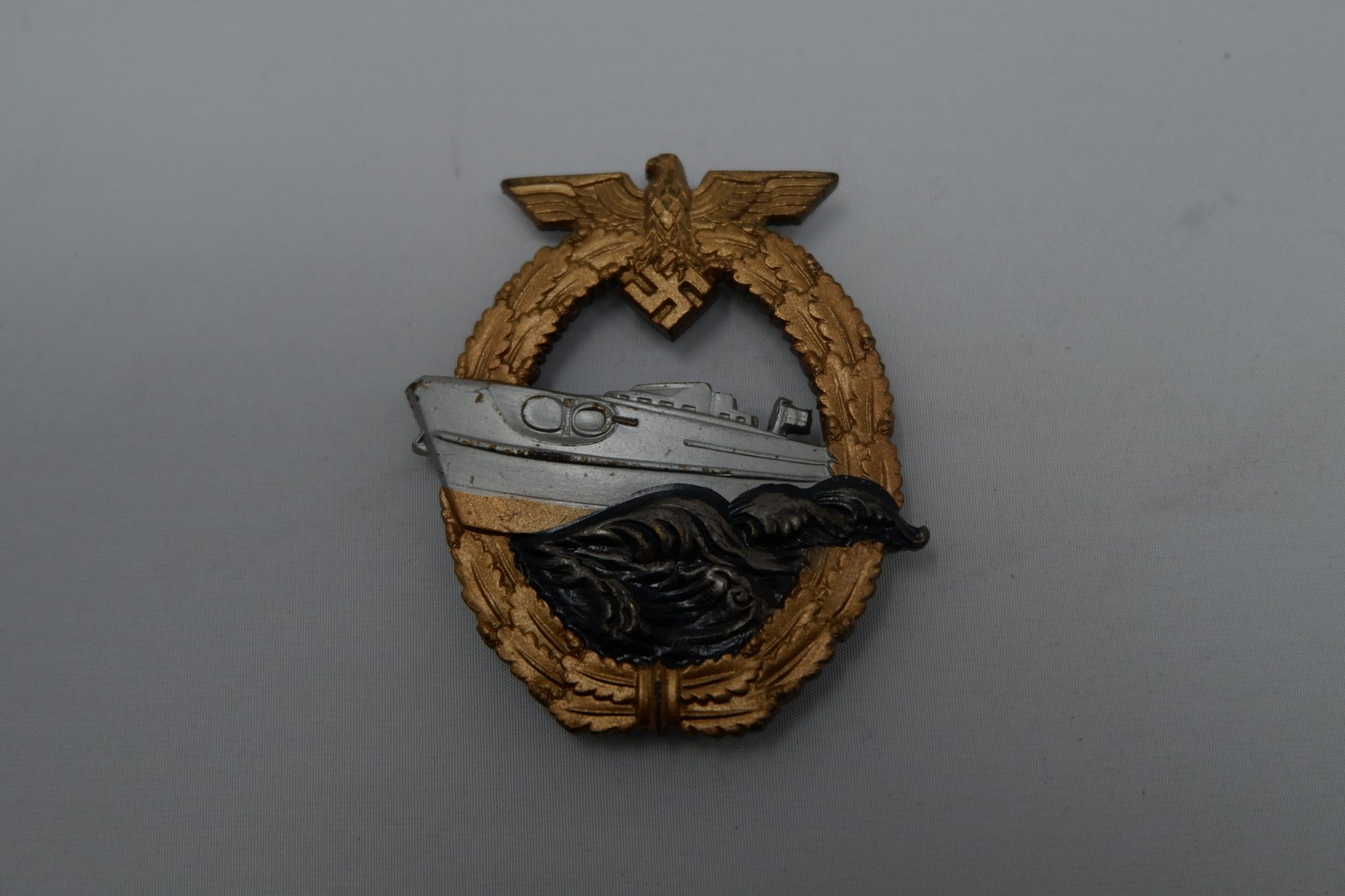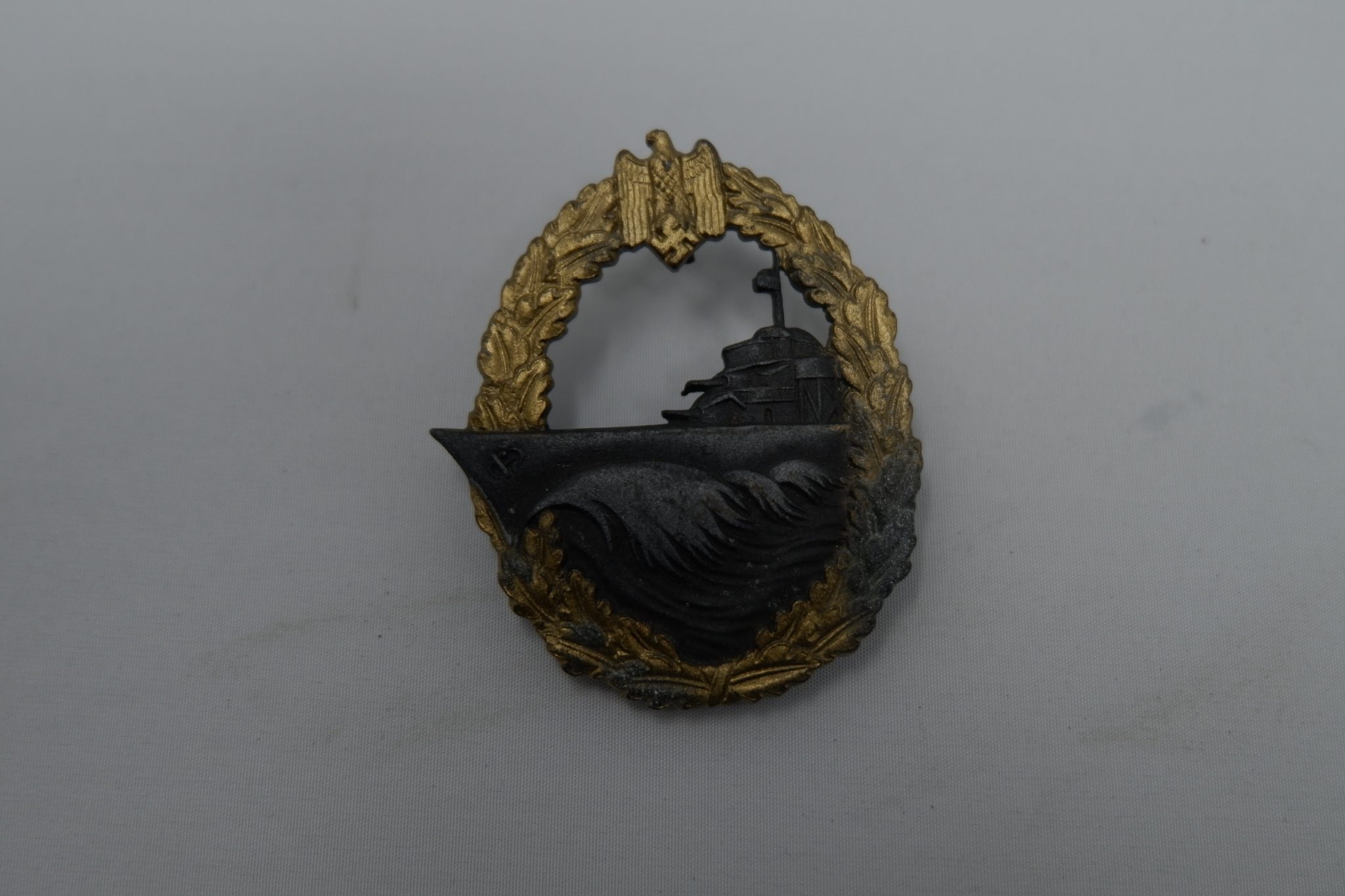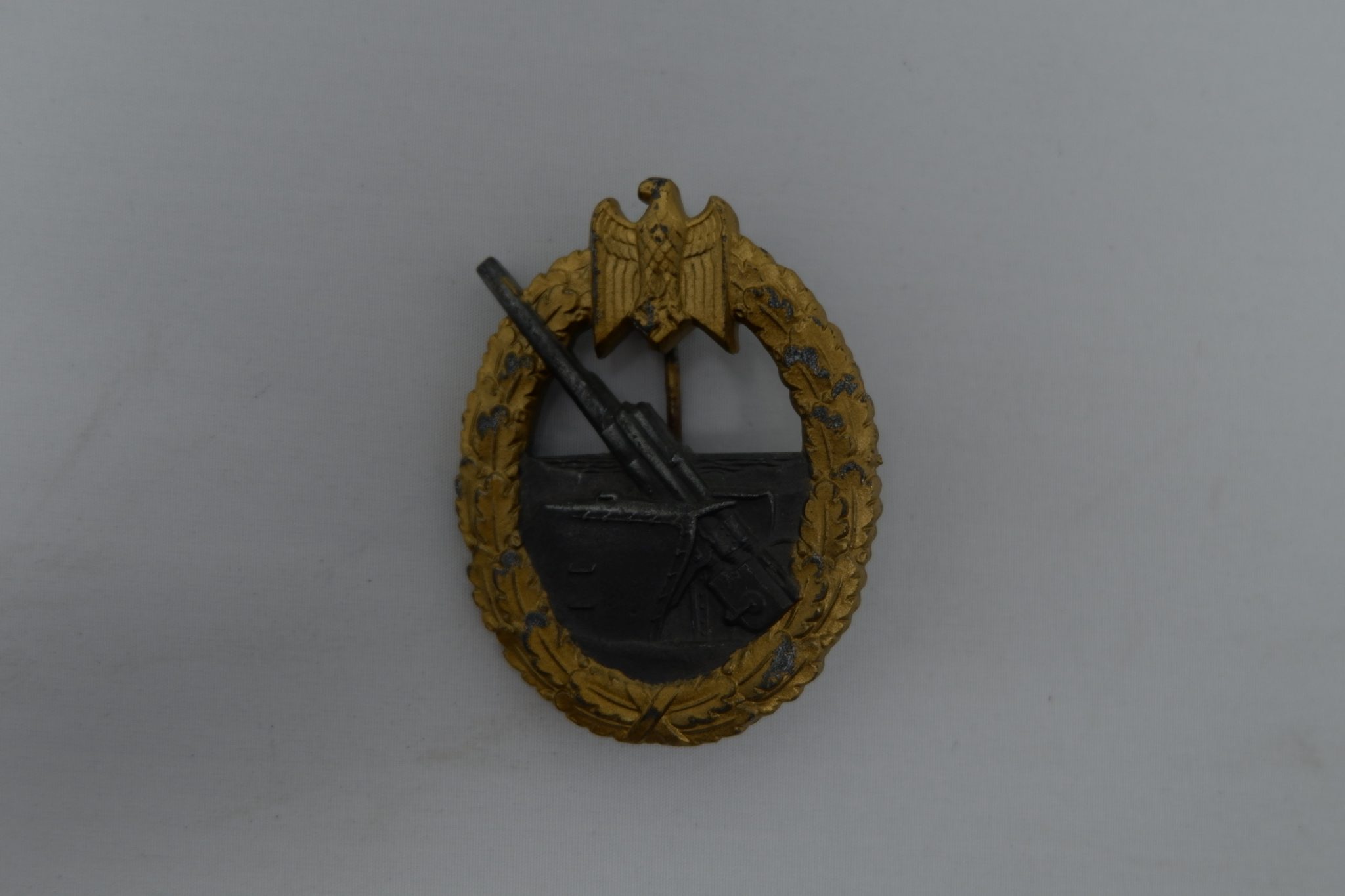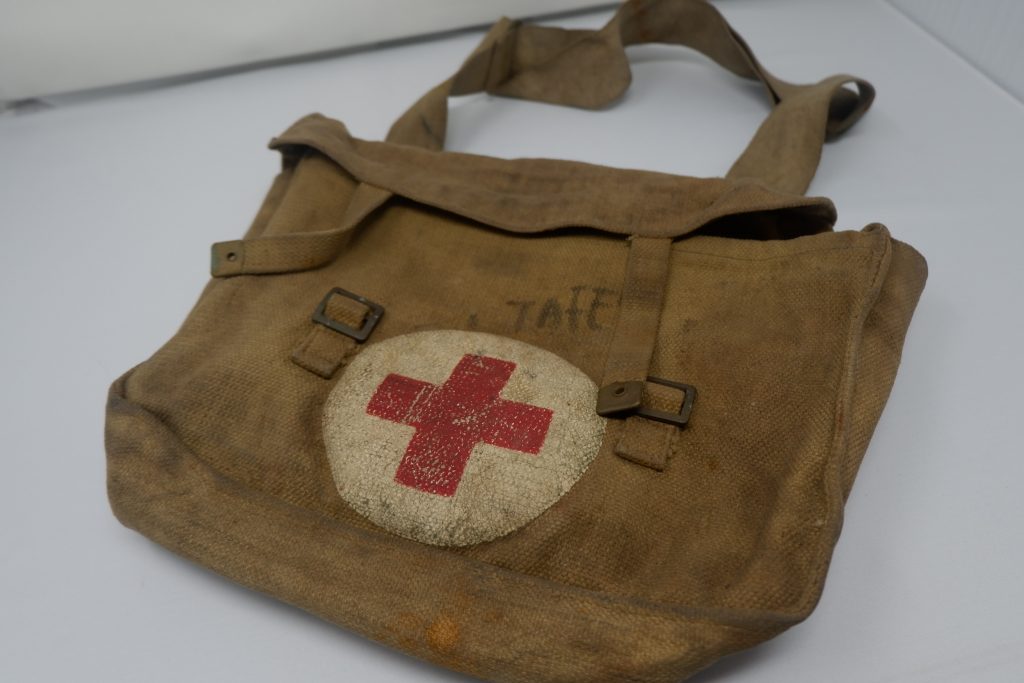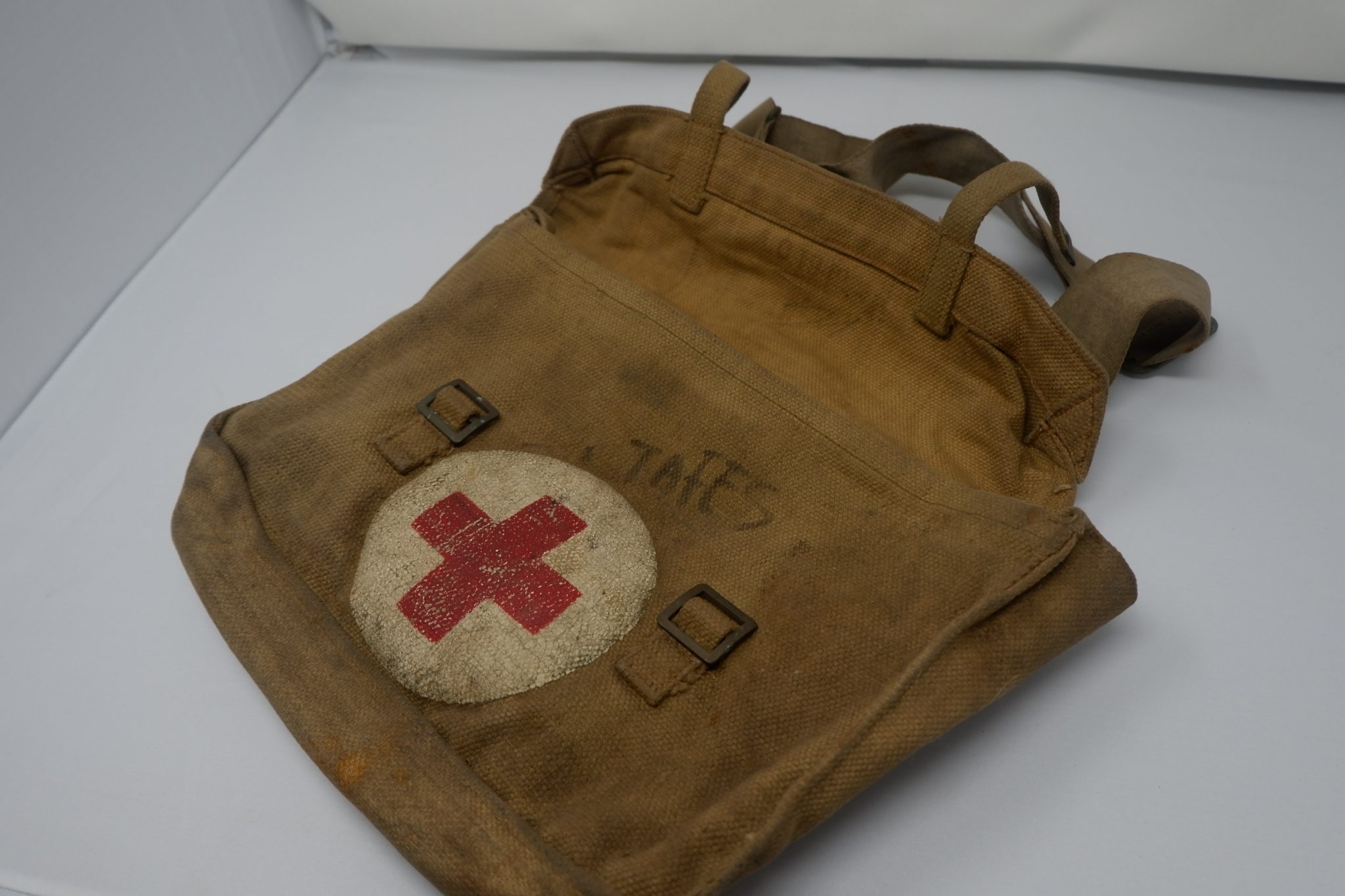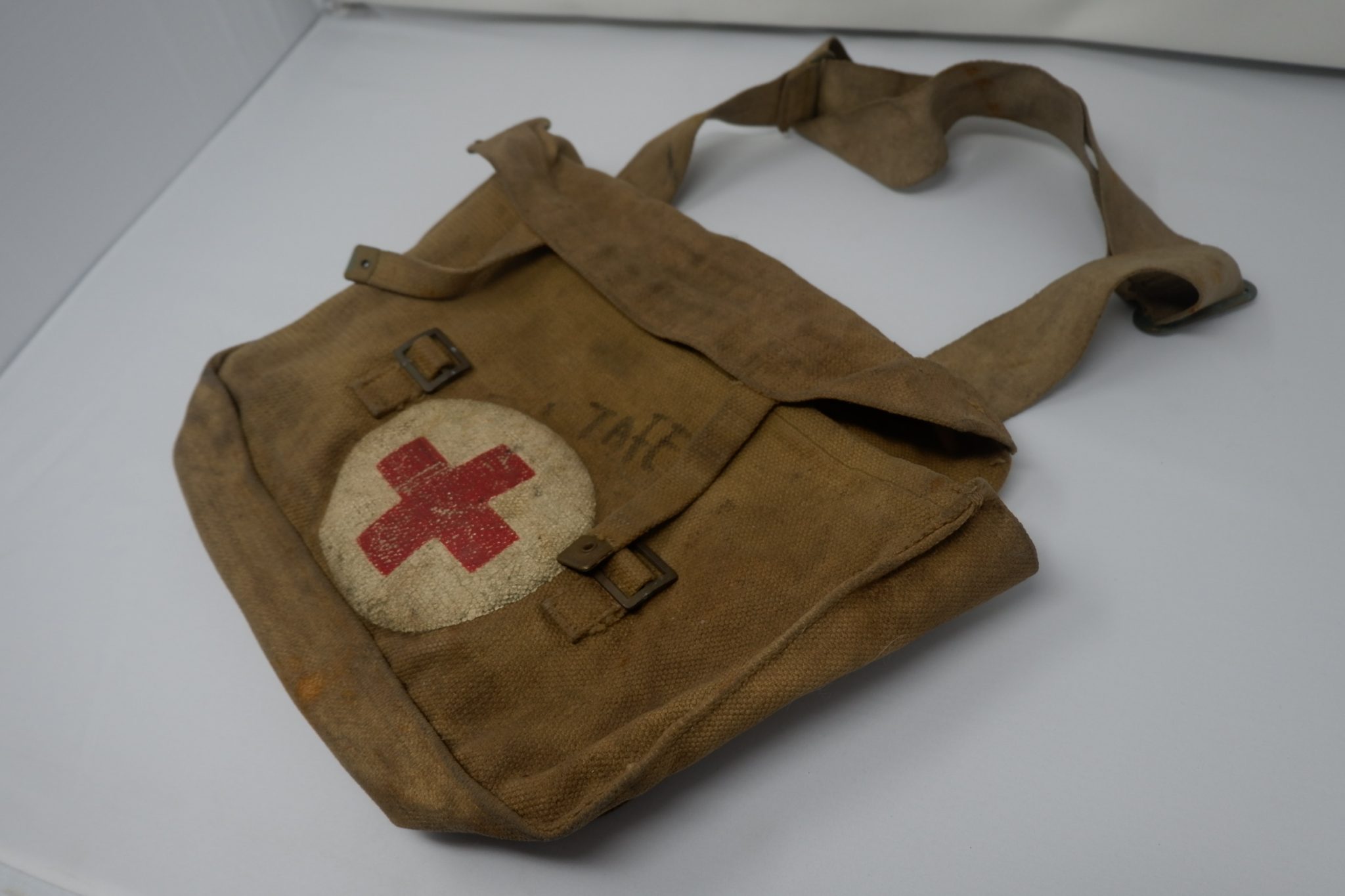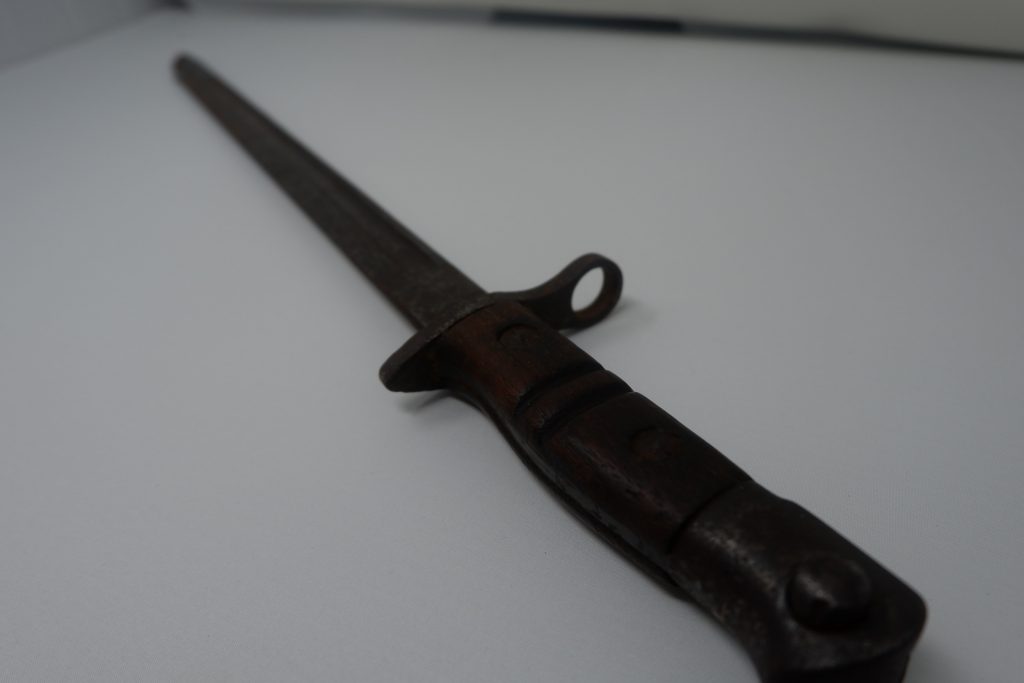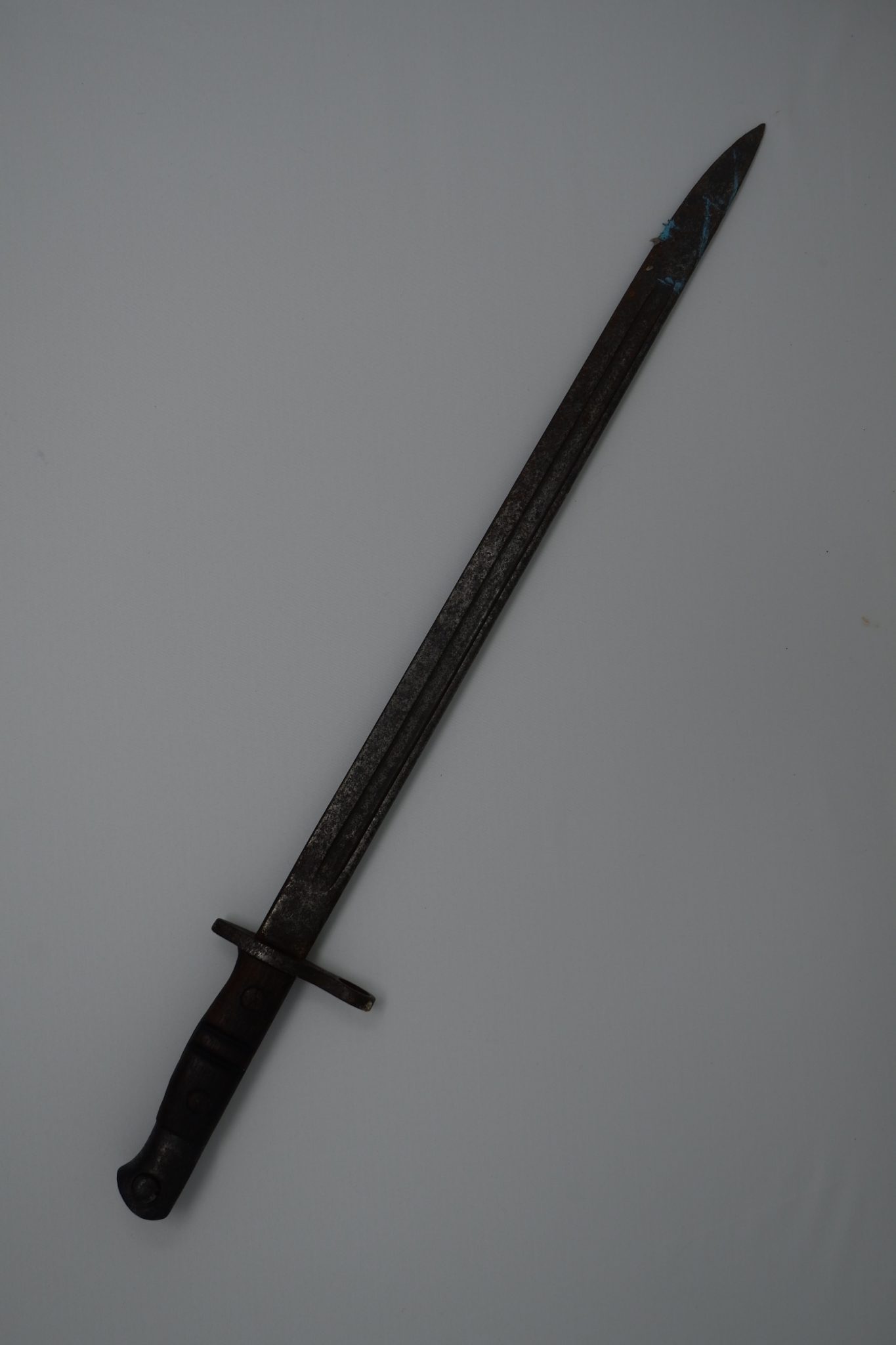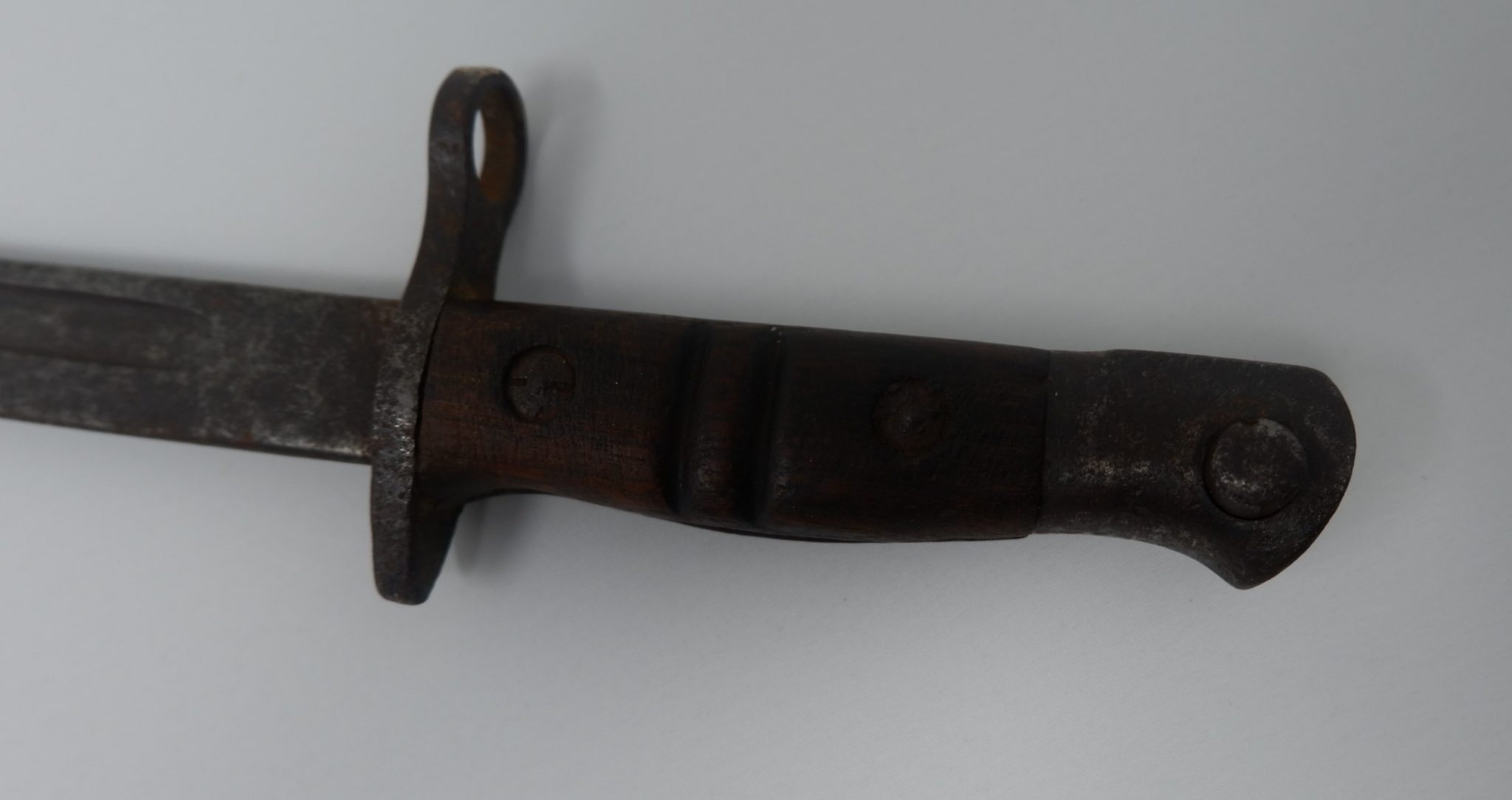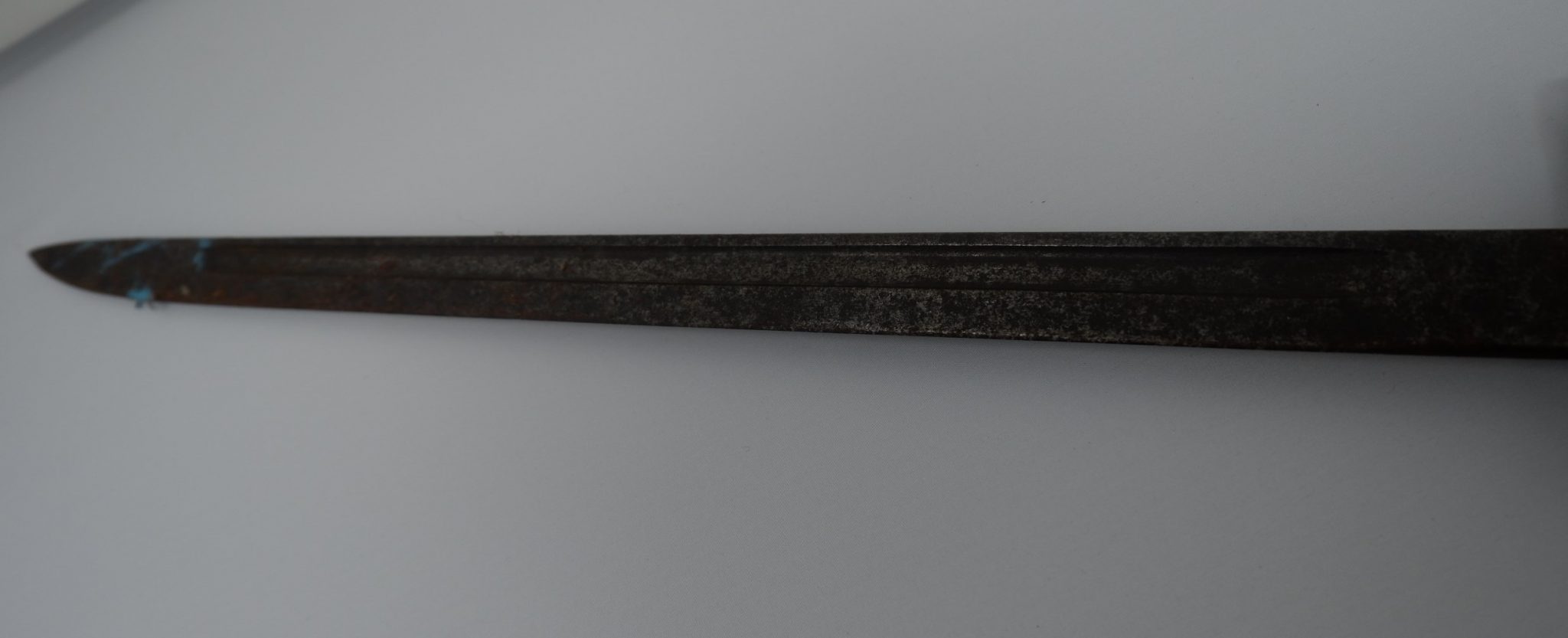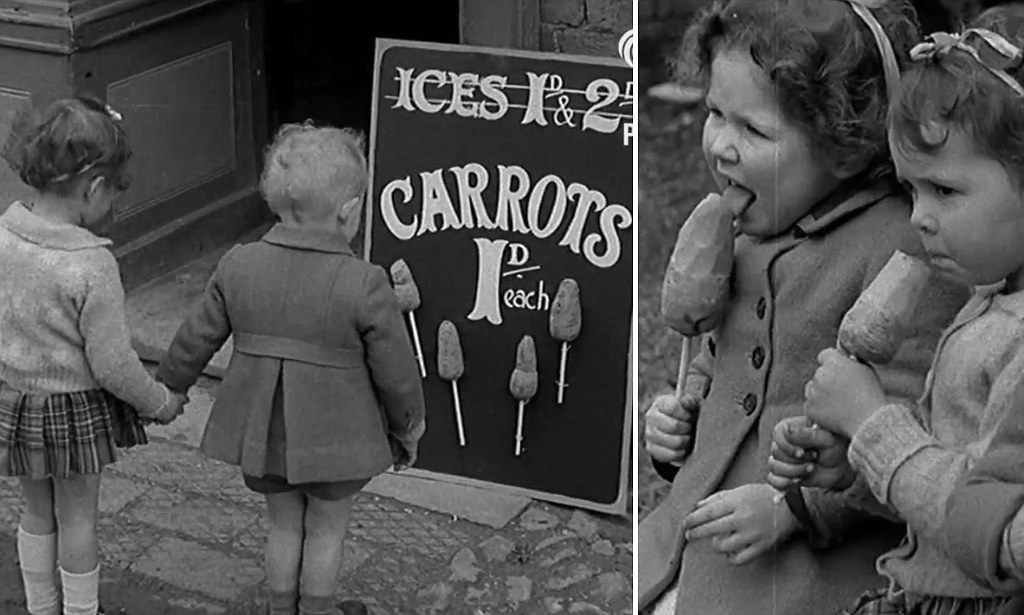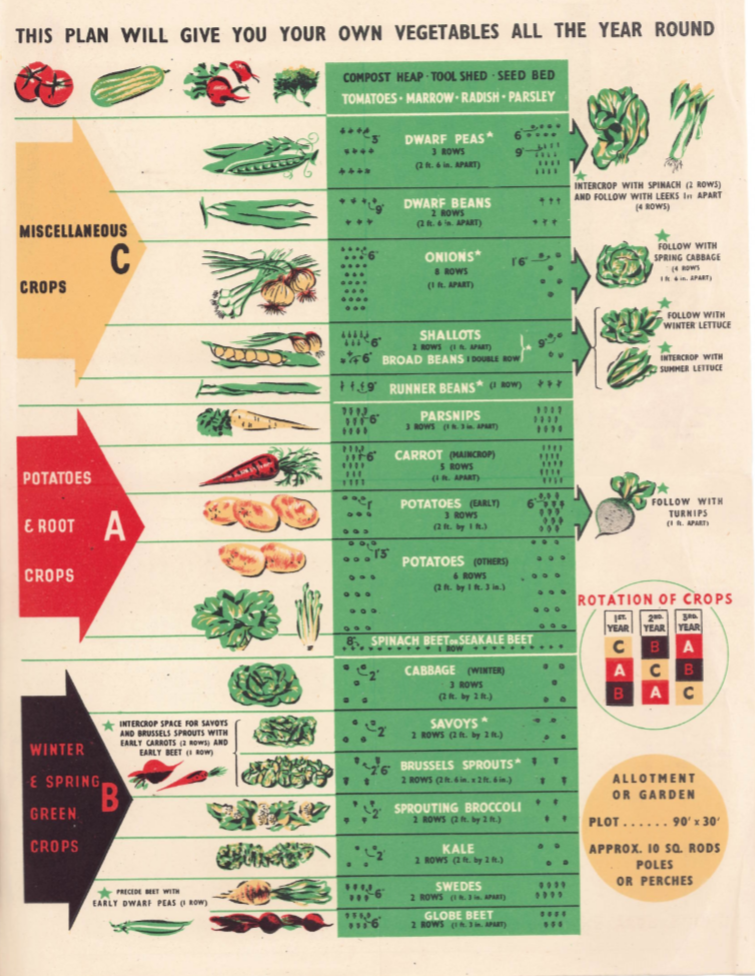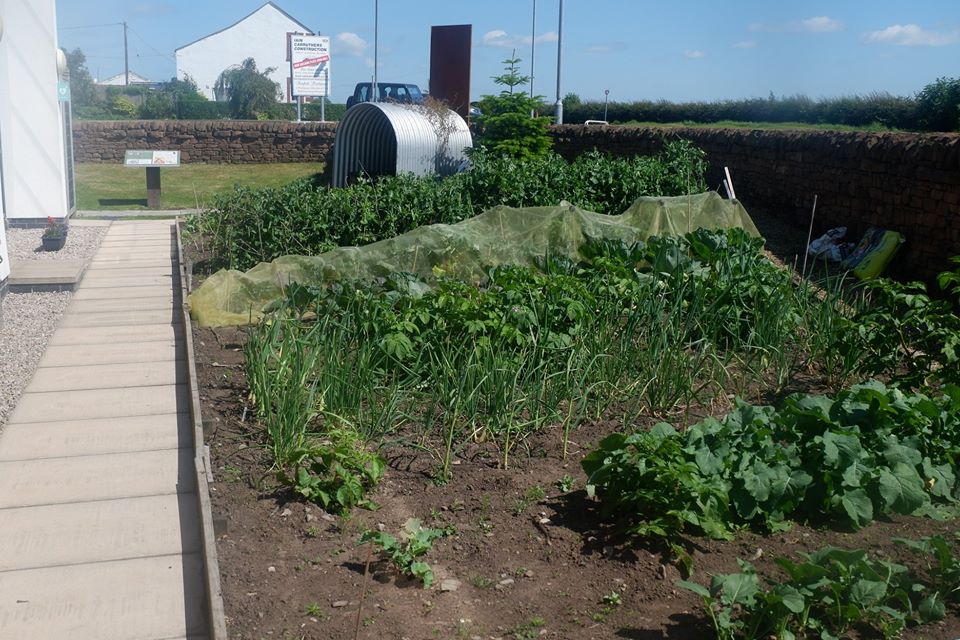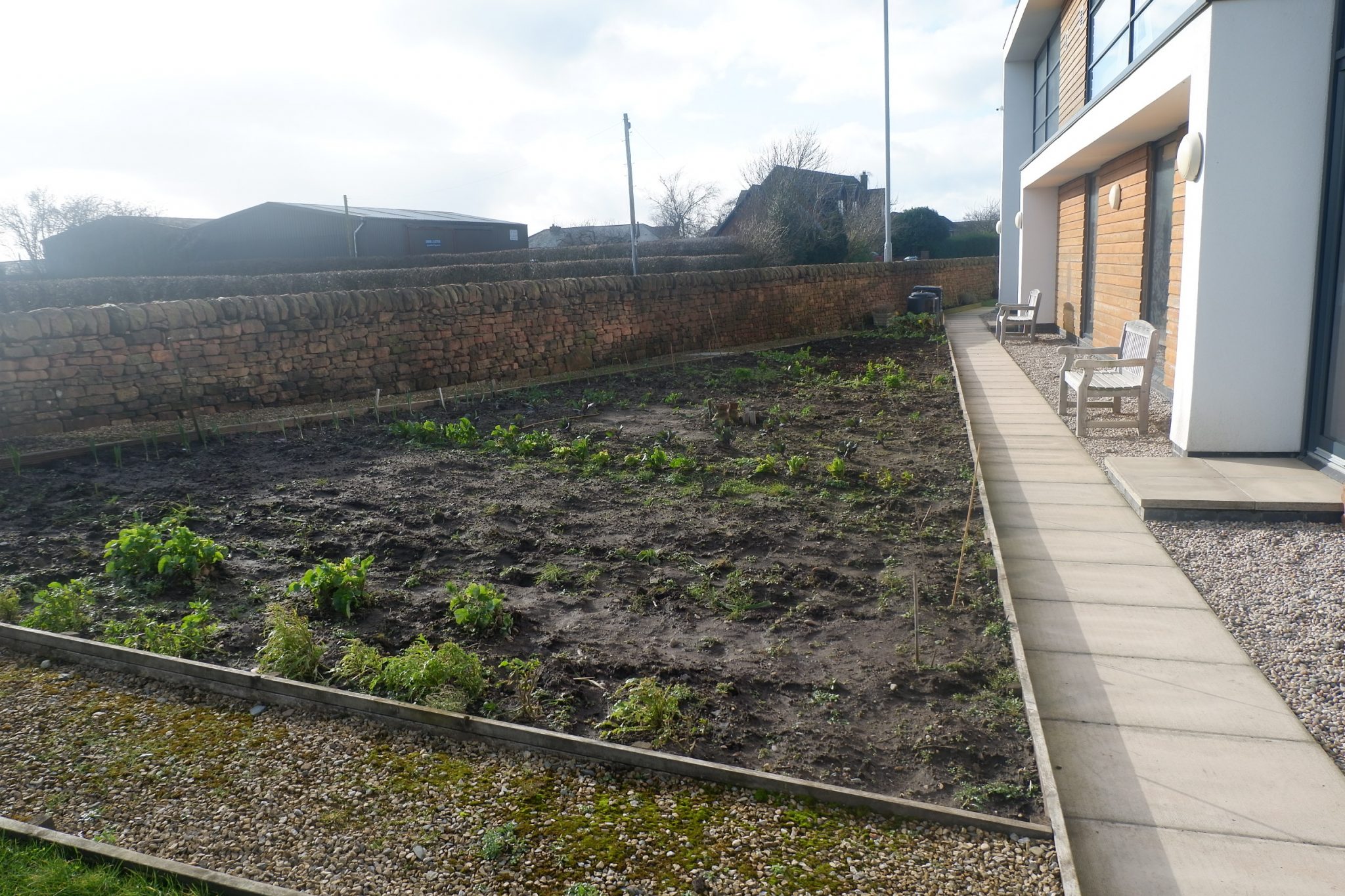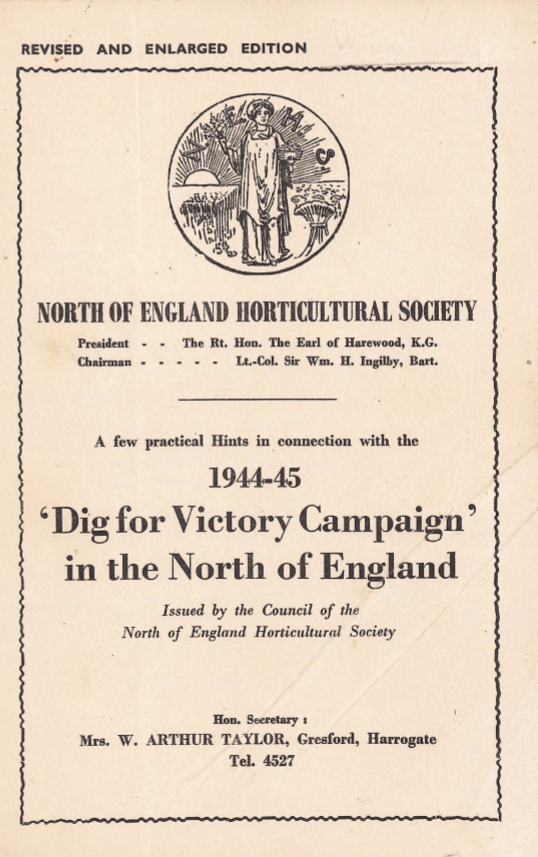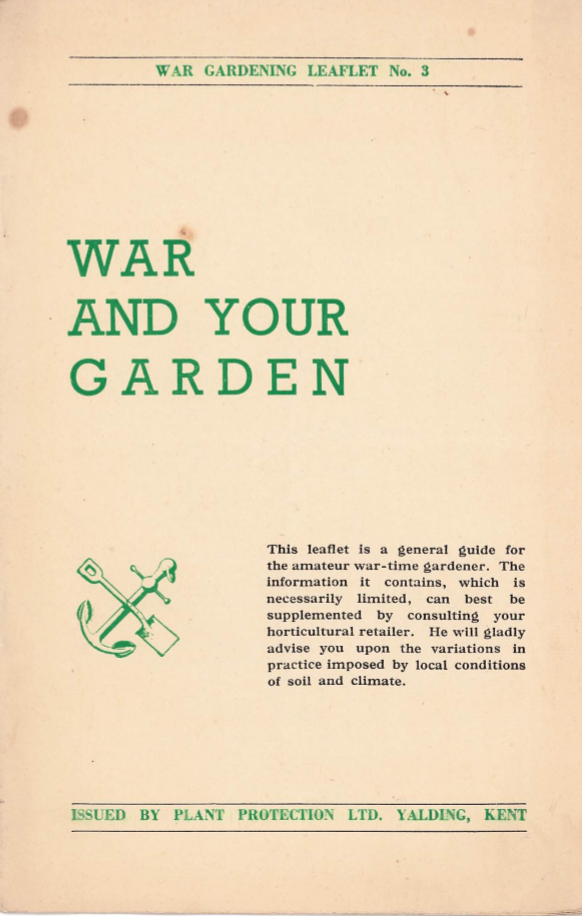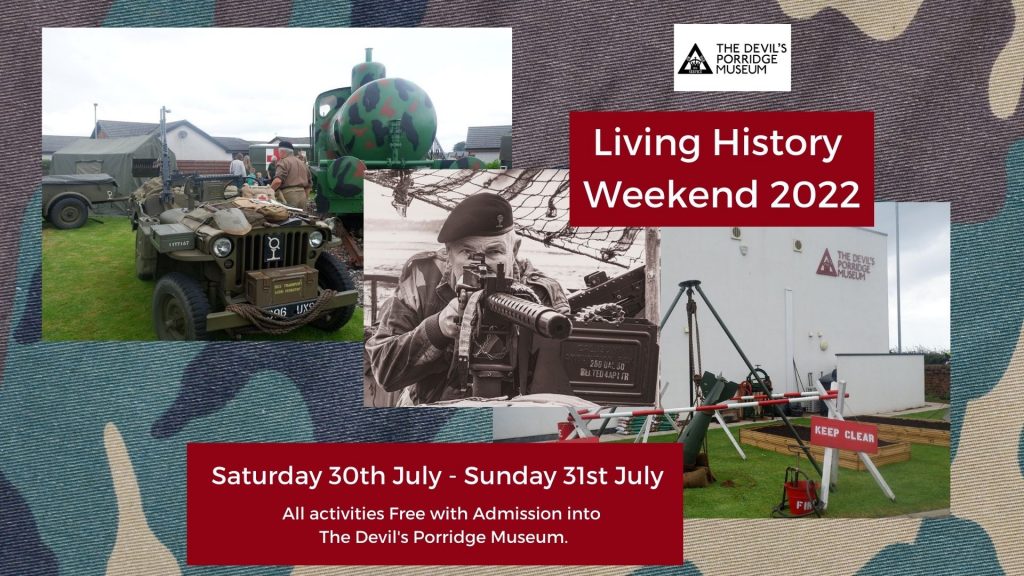
Saturday 30th July – Sunday 31st July 2022
All Activities Free with Admission into the Museum.
Get an insight into what life was like during World War One and World War Two with our living history weekend.
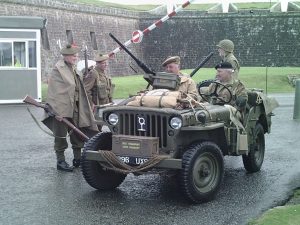
The Scottish Home Front Living History Society will give people an insight into how both civilians and soldiers lived during the Second World War by using the equipment, vehicles, and clothing from that time. They will help to make the past feel more tangible by showing the equipment working and demonstrating how it works and what it felt like to use. You will get to handle many of the objects, which will help to bring the past to life.
They will also have some suffragette reenactors to give an insight into the struggles of women protesting for the right to vote and how this affected their everyday lives.
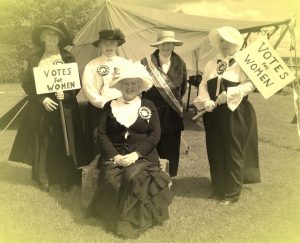
On War Service will be offering the opportunity to learn about First World War with an insight into medical care during that time. They will be inside the museum in uniform to share their enthusiasm and show you some medical equipment and domestic treasures from the time. Over the weekend they will be providing short specialist talks on the Spanish Flu Pandemic, the Role of the VAD and WW1 Hospitals in Dumfriesshire, and the Treatment of Shell Injuries. You can see the full talk programme for the weekend below.
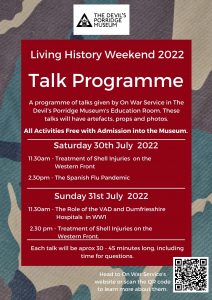
You can learn more about On War Service on their website here: https://onwarservice.org.uk/onwarservice/homepage.html
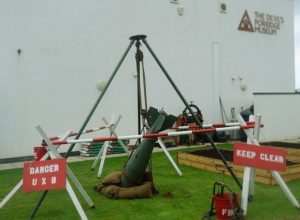
A photo form the 2019 Military Vehicle Event.
We hope this Living History Weekend event will build on the success of our Military Vehicle Weekend in 2019. You can read more about this here>
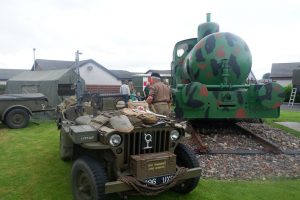
Another photo of a Military Vehicle Weekend event at The Devil’s Porridge Museum in the past.

